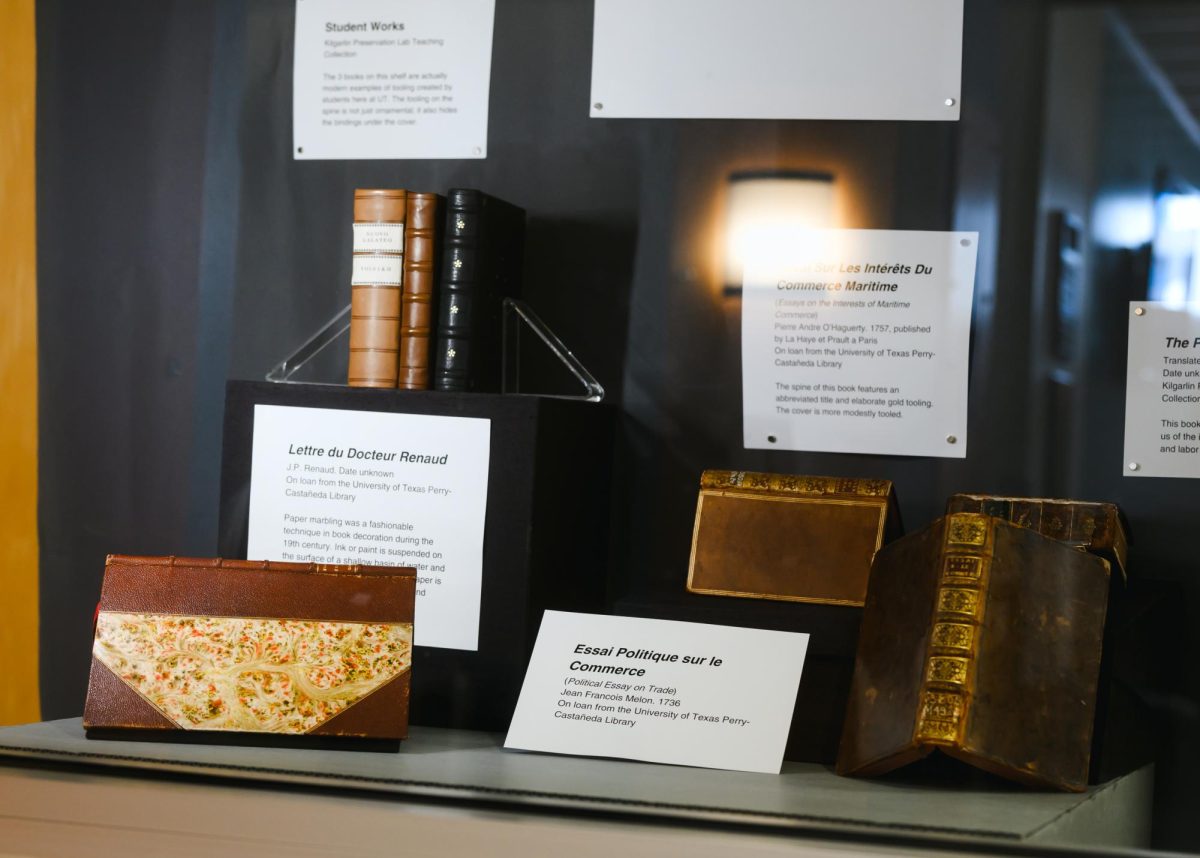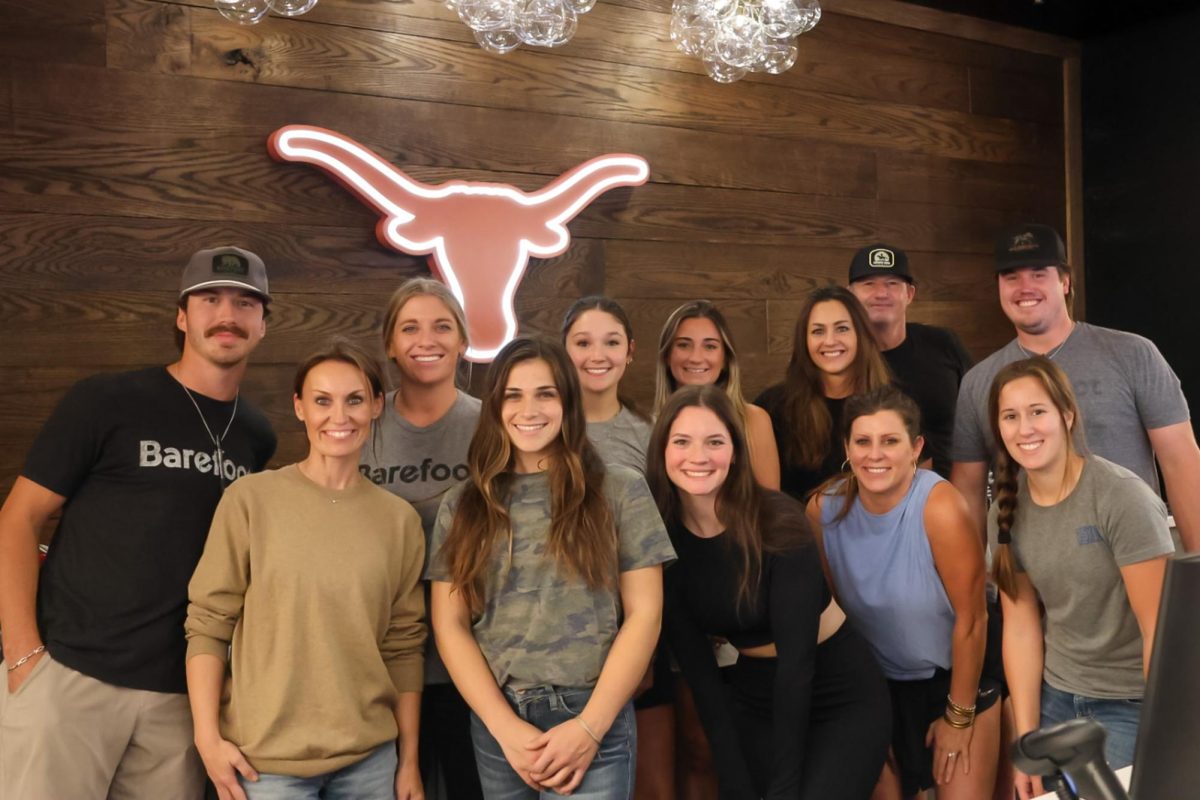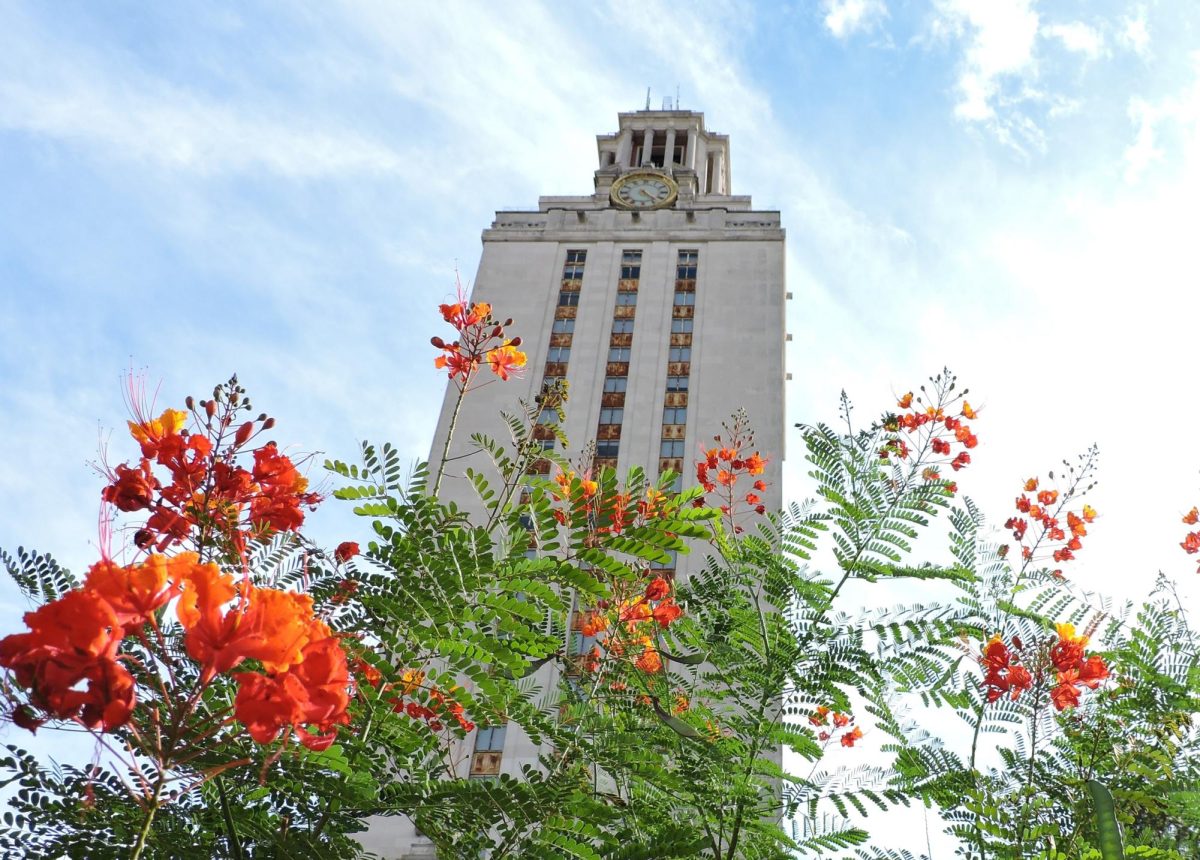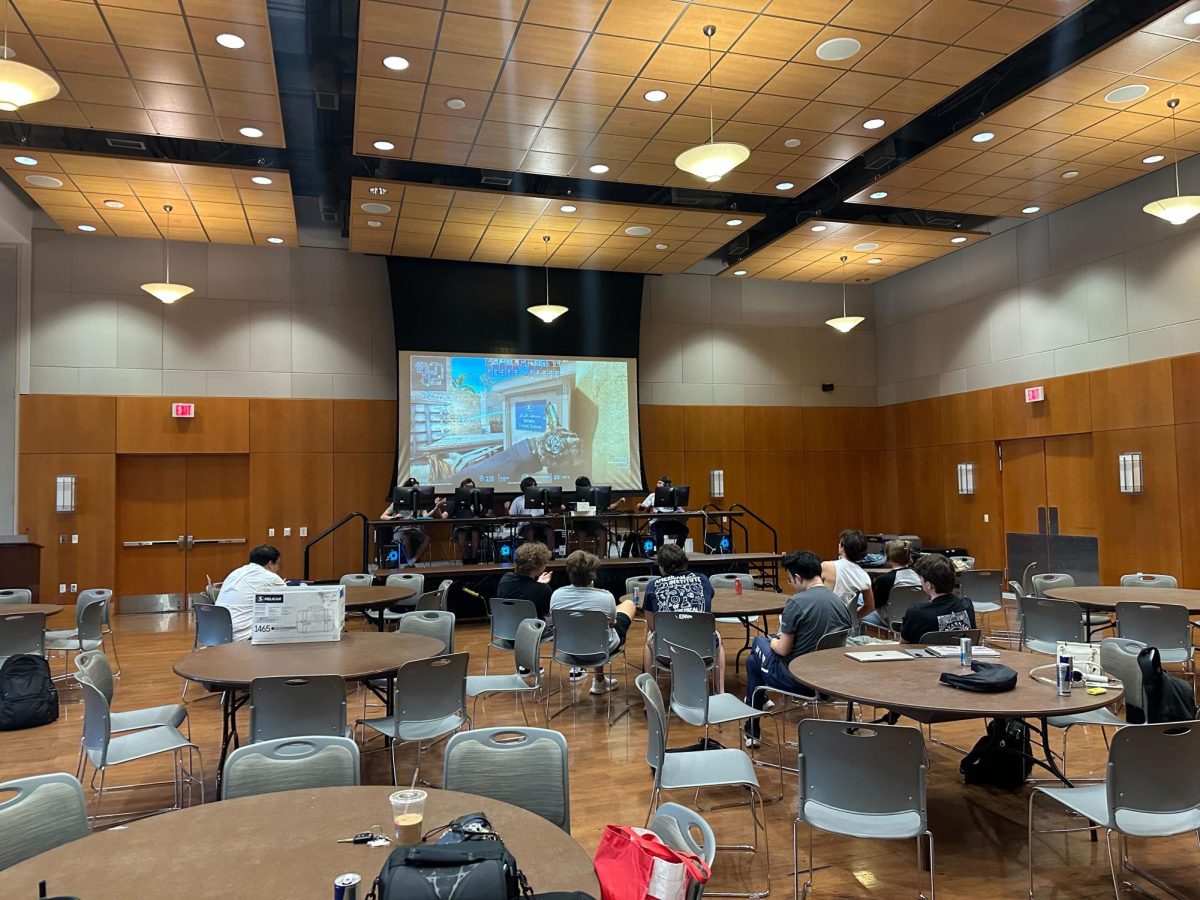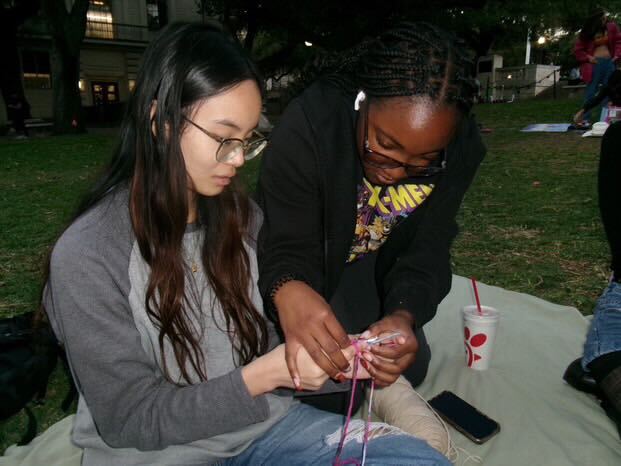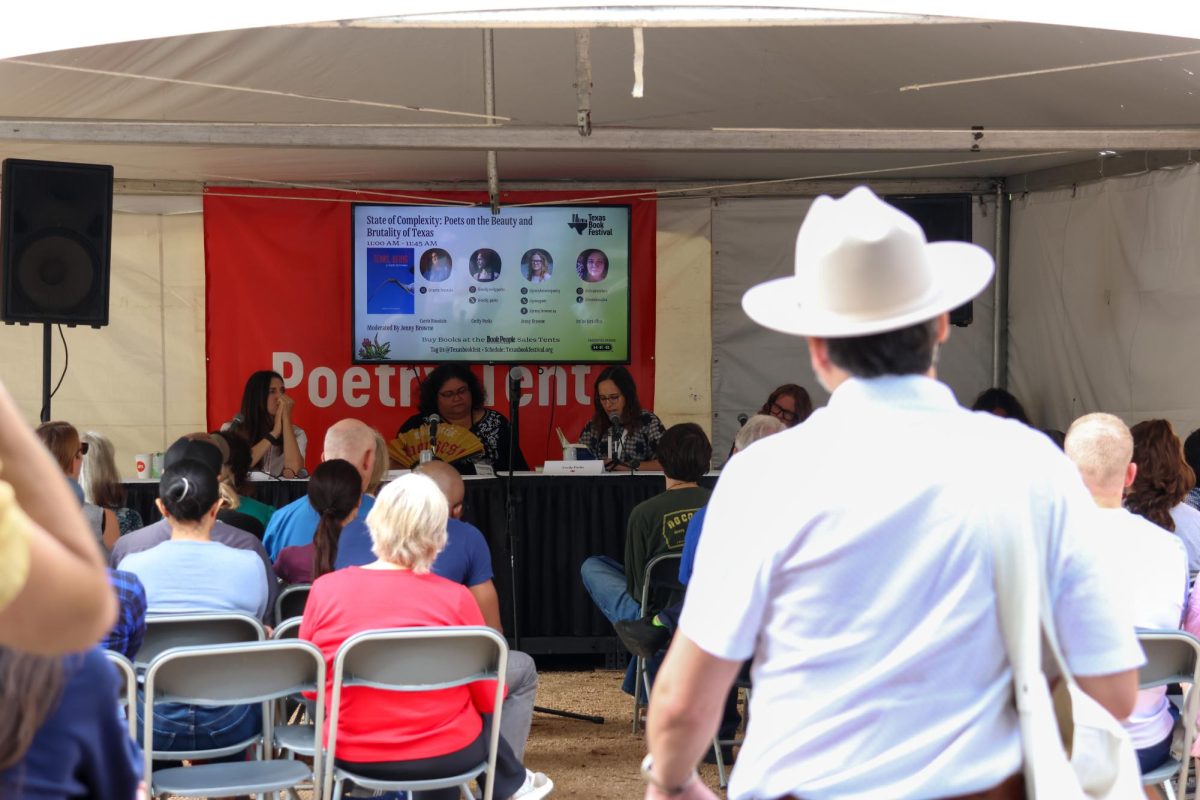Editor’s note: This is a biweekly series that will fill the gaps between Thirsty Thursday Investigates to offer a brief recap and update.
How does alcohol, a controlled and controversial substance, affect everyone in Texas, one of the largest states in the this country?
While that’s too big of a question for one article, Thirsty Thursday Investigates is an attempt to answer that question through multiple miniseries and stand-alone articles for the next couple of months.
Every person in Austin, and Texas, who’s involved with the regulated substance is a character within this ongoing, contemporary story. By uncovering the different viewpoints and motives of these characters, we hope to shed some light on the complicated web that surrounds alcohol production, distribution, regulation and consumption.
Each week is intended to be a small segment within our overall media package of videos and articles, with some of the same voices being continually heard in different episodes to form a pseudo-cast of characters.
Our first mini-series explores the underage drinking culture from the perspective of multiple players: the minors, the Texas Alcoholic Beverage Commission, alcohol retailers and bar owners, in order to depict the tensions between their respective motivations to drink, to enforce the law and to profit.
Although total underage drinking numbers are hard to track since it is, by definition, a black market, we began this miniseries, and Thirsty Thursday Investigates, with how most minors first get alcohol — fake IDs. This past week’s article also offered a look at some of the dangers involved with the possession of a fake ID, with distinctions between misdemeanors and felonies.
Next week we’re shifting our tone slightly and asking the law, or the commission, what the reason is behind the minimum drinking age fluctuating between 18 and 21 over the past century and the need for a specific, separate branch of law enforcement.
The final segment of the miniseries will then put all these legal and historical components into play with bar owners and retailers and two types of TABC sting operations. These stings are meant to curb the sale of alcohol to minors from bars and stores as well as confiscate counterfeit identification.
After we’re done with this miniseries on underage drinking, we hope to continue to explore different segments of the alcohol network with more miniseries and stand-alone segments, such as looking into experiments done at the TABC’s lab and learning more about date rape drugs in Austin bars by going under on camera.
Ultimately though, this isn’t a judgement of the substance that affects so many of our lives in positive and negative ways. We still believe sharing a drink with good friends or working in an industry that employs so many and funds much of this state can be a good thing. To put it simply, this overall series is a toast to how just one controversial substance ties together all parts of our entire city and state.
Cheers, and stay thirsty.
Leave us a tip at [email protected]

